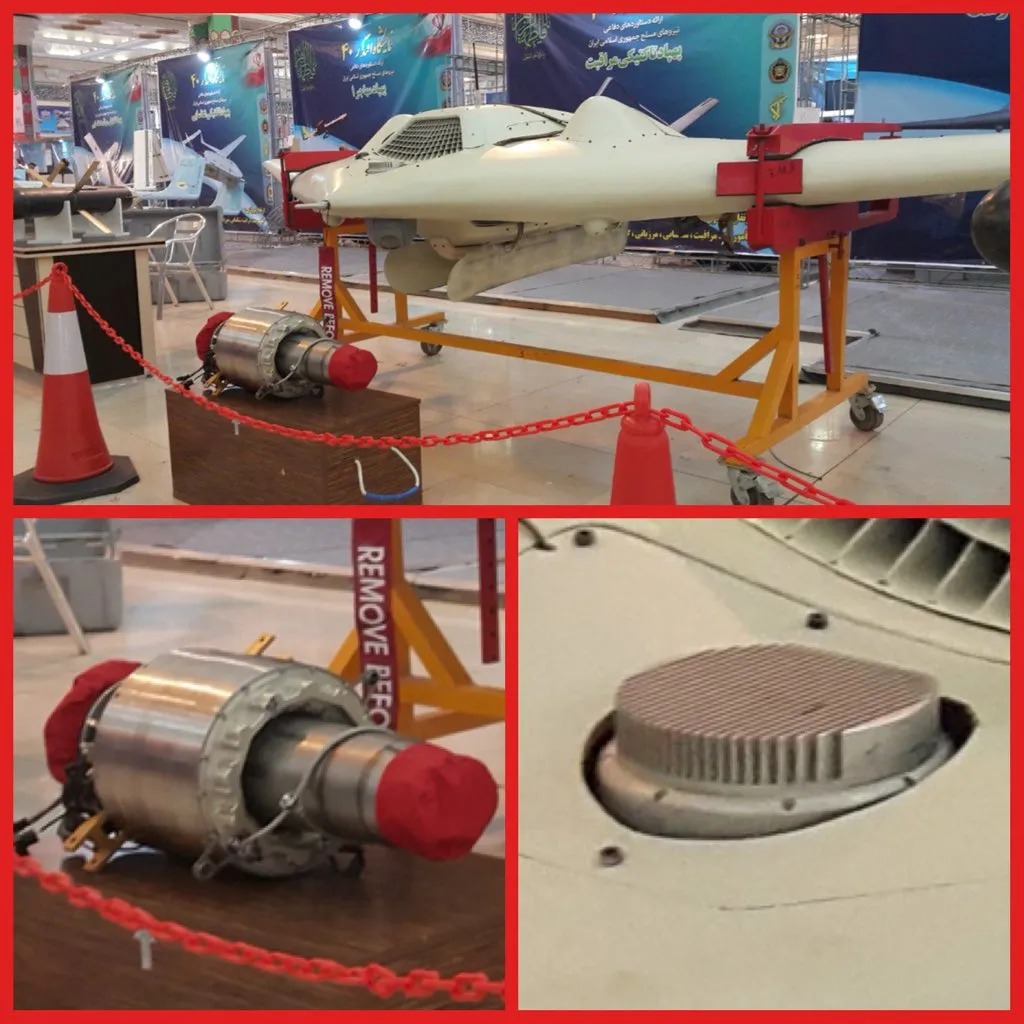Iran has released footage of its Shahed-171 drones, a clone of the US-made RQ-170 Sentinel that it shot down 13 years ago, being manufactured in a factory in different versions. With seemingly better technology and processes, the drone is also shown undertaking trial strikes on land targets.
Russia Gives ‘Double Dose’ Of Iskander Missiles To Ukraine; Attacks Same Target Twice For Max Casualties – Reports
Iran brought down the drone on December 5, 2011, with a combination of electronic warfare (EW) techniques like jamming and satellite navigation (SATNAV) spoofing, following which it made some clones over the years. All have differing purposes but essentially the same design in a partially successful reverse-engineering effort.
However, there are also varying claims and assessments of whether the drone is a reconnaissance-strike unmanned aerial vehicle (UAV) or a loitering munition. Most reports, however, indicate it has missile-carrying capacity.
Iran has been consistently adding a diverse range of surveillance, strike, and kamikaze drones to its arsenal in a bid to make up for its lack of conventional military strength. Its status as a capable drone power came to prominence in September 2022 when Russia used its Shahed-136 loitering munition to develop a copy, the Geranium-2 (Geran-2), and used it to strike Ukrainian targets.
US Drone Cloned In Iranian Factory
The promotional video showed the body of the Shahed-171 being forged in a metal-shaping press, receiving a spray paint job, flight control computers and other systems being lowered into the airframe, and a technician operating an external computer connected to the interior of the drone.
Interestingly, we can see two versions of the same design — one with a push propeller and the other powered by a jet, which is tested with a visible yellow-flame exhaust.

The bare airframes of the drones can be seen lined up in the factory, with the bodies being outfitted with control surfaces like flaps, ailerons, and various antennae that might have to do with SATNAV reception or linking with the ground control operator.
A Toyota SUV soon launched the jet-powered version of the Shahed-171, which takes off using kinetic energy-momentum. The rest of the video shows ground targets being struck, which some handles claim were Islamic State (IS) facilities and troops in Syria and Iraq.
Given its relatively small size and absence of external pylons or rails, it is not clear how the drone can launch missiles. Possibly, it has an internal bay that can carry a limited number of bombs.
This version could be the Shahed-171 Simorgh, one of two designs derived from the RQ-170 Sentinel. The other is Saegheh, a smaller variant. Other handles described the Shahed-171 as a kamikaze drone.
Iran Still Can’t Replicate US Tech But Can Hack It
The flying wing design without a vertical stabilizer is an admittedly complex aerodynamically and electronic complex technology, and the Sentinel would have had a highly sophisticated, heavily coded flight control computer with several redundancies.
#Iran has released footage of its Shahed-171 drones, a clone of the US-made RQ-170 Sentinel that it shot down 13 years ago, being manufactured in a factory in different versions. pic.twitter.com/n9hBRE4y9H
— EurAsian Times (@THEEURASIATIMES) November 19, 2023
Going by the known Iranian capabilities, they would have tried to decode this aspect of the UAV. Whether they succeeded is unknown, but it is certainly far from fully matching the US lead in aviation electronics.
Over the years, Iran made several copies of the RQ-170 Sentinel, with the Shahed-171 being the last version of a “100 percent scale copy,” according to a December 2020 post by Mehdi M on X (formerly Twitter). It was preceded by the Shahed 191, a 60 percent scale copy, and the Shahed 161 (40 percent).
Iranian forces captured the RQ-170 on December 5, 2011, in the northeastern city of Kashmar. While the US initially denied the drone that was shot down was Washington’s, US officials and President Barack Obama himself later admitted the drone’s ownership.
Subsequent reports quoted an Iranian defense engineer working for one of its UAV factories, who theorized that Iranian ground-based EW units primarily jammed and spoofed the Global Positioning System (GPS) link to the drone, forcing it to change direction and make it land where it wanted to.
Read More
- The author can be reached at satamp@gmail.com
- Follow EurAsian Times on Google News